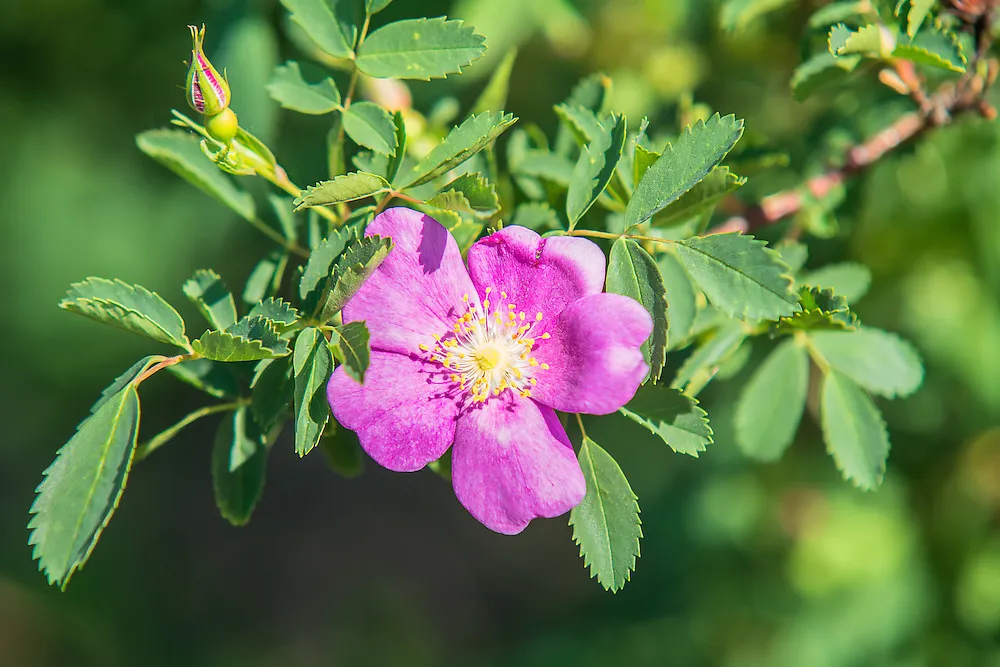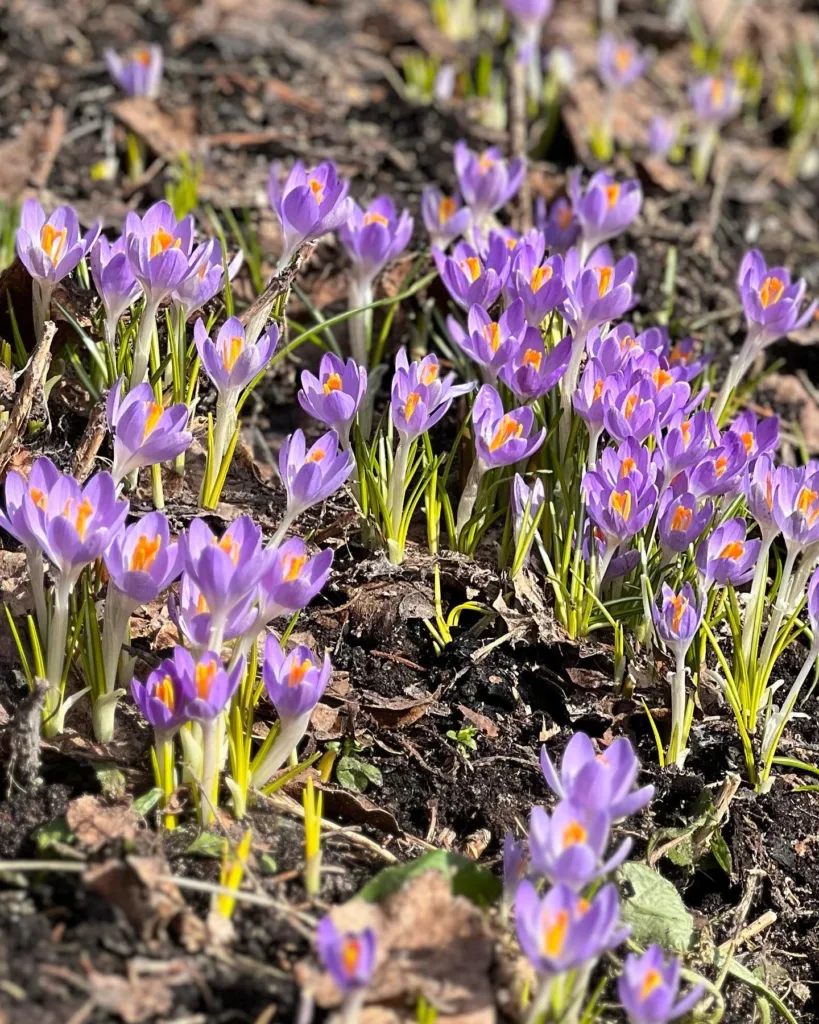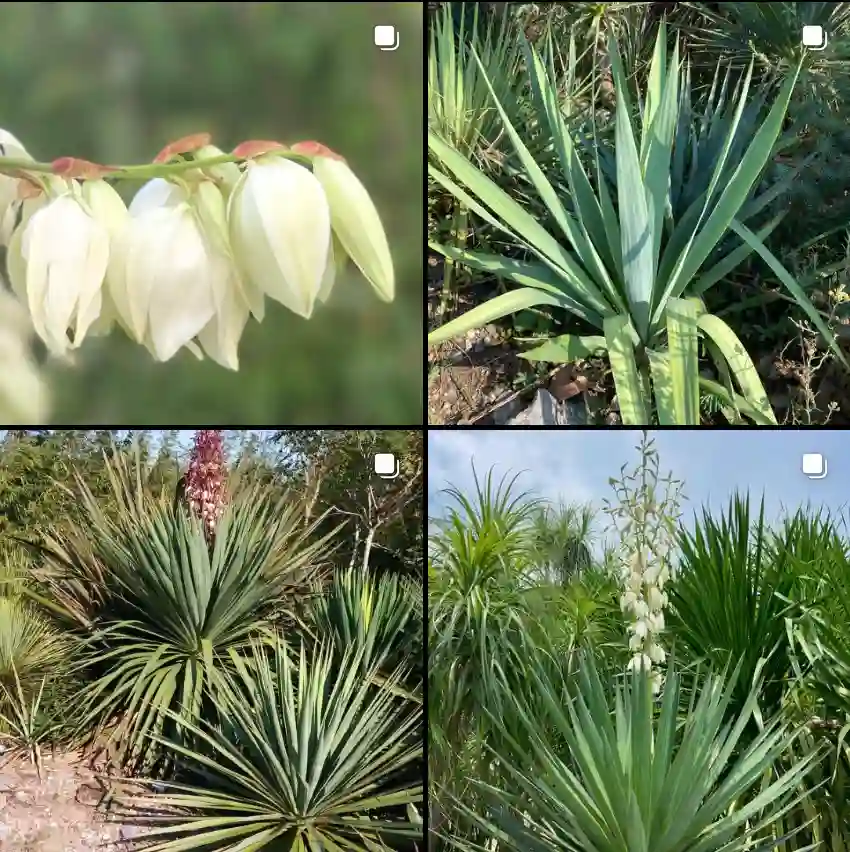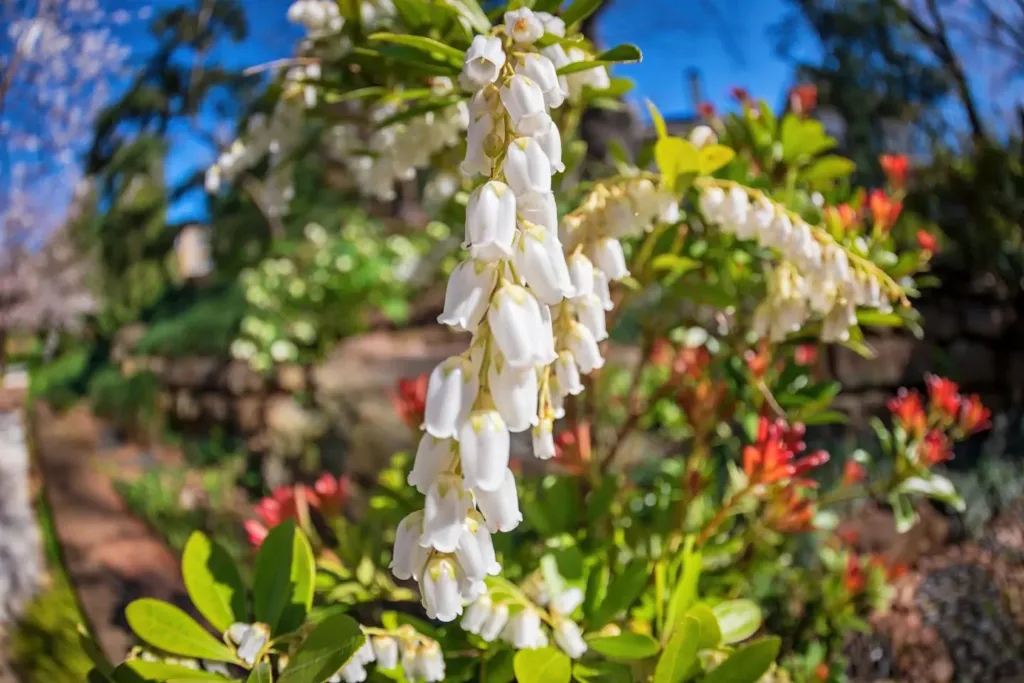Spathiphyllum Cochlearispathum: Your Guide to the Beloved Peace Lily
Hi, Ferb Vu here! For those of you who love houseplants with a touch of elegance, the Spathiphyllum Cochlearispathum, also known as the Peace Lily, might be your perfect match. This beautiful plant boasts stunning white blooms and lush green foliage, adding a touch of serenity to any indoor space. But before you bring one home, let’s delve into some frequently asked questions to ensure you can provide the best care for your new leafy friend.
59 Species in Genus Spathiphyllum
Light Requirements: Peace Lily vs. Snake Plant
Peace Lilies thrive in medium indirect light. Harsh, direct sunlight can scorch the leaves, while overly shaded areas can hinder flowering. If you’re unsure about the light levels in your home, a good rule of thumb is to place your Peace Lily a few feet away from a south-facing window.
Now, if you’re looking for a low-light champion, the Snake Plant might be a better choice. These architectural wonders tolerate lower light conditions much better than Peace Lilies.
Watering Needs: How to keep Your Peace Lily Happy?
One of the best things about Peace Lilies is their forgiving nature when it comes to watering. They prefer consistently moist soil, but it’s crucial to avoid soggy conditions that can lead to root rot. The key is to water deeply when the top inch of soil feels dry to the touch.
Humidity: Creating a Tropical Paradise
Peace Lilies hail from tropical rainforests, so they appreciate higher humidity levels. While they can adapt to average household humidity, providing extra moisture can promote healthy growth and prevent brown leaf tips.
Here are a few ways to increase humidity around your Peace Lily:
- Group plants together: Plants naturally transpire moisture, creating a mini humid microclimate.
- Pebble tray method: Place your Peace Lily on a tray filled with pebbles and water. The water will evaporate, increasing humidity around the plant.
- Humidifier: For a more long-term solution, consider using a humidifier near your Peace Lily.
Comparison: Peace Lily vs. ZZ Plant
Both Peace Lilies and ZZ Plants (Zamioculcas zamiifolia) are popular low-maintenance houseplants. However, they have some key differences:
- Light: Peace Lilies prefer medium indirect light, while ZZ Plants tolerate lower light conditions.
- Watering: Peace Lilies need regular watering, while ZZ Plants are drought-tolerant.
- Growth Rate: Peace Lilies grow at a moderate pace, while ZZ Plants are slow growers.
Fertilizing Your Peace Lily
During the growing season (spring and summer), you can give your Peace Lily a boost with a balanced liquid fertilizer diluted to half strength. Apply it once a month according to the fertilizer instructions. Avoid fertilizing during winter when the plant is dormant.
What are common Peace Lily problems and solutions?
- Brown Leaf Tips: This can be caused by underwatering, low humidity, or mineral buildup from tap water. Try increasing watering frequency, misting the leaves regularly, or using filtered water.
- Yellowing Leaves: This could be due to overwatering, lack of light, or aging foliage. If it’s just a few older leaves, remove them. For excessive yellowing, adjust your watering habits or move the plant to a brighter location.
- Drooping Leaves: This is often a sign of underwatering. Give your Peace Lily a thorough watering and it should perk up within a day or two.
Peace Lily Toxicity
It’s important to note that Spathiphyllum Cochlearispathum is mildly toxic to humans and pets if ingested. The plant contains calcium oxalate crystals, which can cause irritation to the mouth, throat, and stomach.
Conclusion: Enjoying the Beauty of Your Peace Lily
With proper care, your Spathiphyllum Cochlearispathum will reward you with its elegant blooms and air-purifying properties. Remember, the key is to provide medium indirect light, consistent moisture without overwatering, and moderate humidity. By following these simple tips, you can enjoy the serenity and beauty of your Peace Lily for years to come.
If i die, water my plants!



